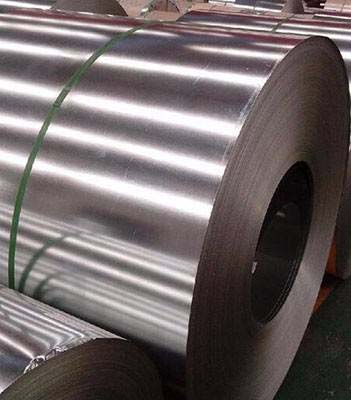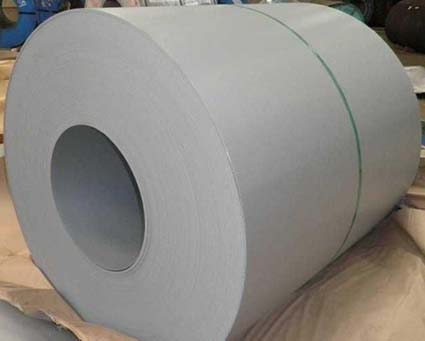Stamping Material Application Analysis - SPCC, SECC, SPTE
1.SPCC (cold rolled steel):
Cold rolled steel, hot rolled coil after acid pickling product is at ambient temperature workshop cold rolling until the thickness of 0.30-3.20mm, manufactured by electrolytic cleaning, annealing and quenching processes and the like together. Cold-rolled steel products are easy to paint and electroplated due to their thin thickness, precise size and high surface roughness. And the mechanical properties and processability are good, easy to stamp into a variety of products, so the use is very extensive. Automobile body, electronic parts, home appliances, steel furniture, containers, etc., all require the use of cold-rolled steel as a processing material.The product can be divided into the following three categories depending on the purpose:
1. General quality: SPCC, suitable for products with low processing strength, such as components for bending, shallow stamping and welding.
2. Stamping quality: SPCD, with better processing and formability, suitable for stamping and highly formed parts that are not suitable for general quality.
3. Deep-drawing quality: SPCE, with better processing and formability, is suitable for special parts processing that is not suitable for stamping quality and requires high molding or timeliness requirements.
Due to the need for electroplating on the surface, due to environmental issues, it is rarely used in the computer industry today. Reference price: 16NT$/Kg--0.6T.

2. SECC (galvanized steel):
The substrate of the electrogalvanized steel coil is a general cold-rolled steel coil, which becomes an electro-galvanized product after the process of degreasing, pickling, electroplating and various post-treatment of the continuous electroplating zinc production line. This product has not only the mechanical properties and approximate processability of general cold-rolled steel sheets, but also superior corrosion resistance and decorative appearance; It has great competitiveness and substitution in the market of electronic products, home appliances and furniture.
Reference price: 21NT$/Kg--0.6T
The product is divided into three categories can be distinguished by the use of other:
1. General quality:
SECC is suitable for products with low processing levels such as components for bending, shallow stamping and welding.
2. Stamping quality:
SECD, with its good formability, is suitable for stamping and highly formed parts that are not suitable for general quality.
3. Deep drawing quality:
SECE(N), with better formability, is suitable for special component machining requiring high profile or timeliness requirements.
4. Recently, it has been widely used in communication and PC products to replace SPCC. The only drawback is that the cut surface and crease are prone to rust.

3. SPTE (tinplate):
It is an ultra-thin cold-rolled low-carbon steel sheet. Its main purpose is to supply tin-plated, chrome-plated iron sheets used in the canning industry. It has strong electrical conductivity and good appearance. It is a replacement for SUS and non-magnetic materials due to cost considerations. However, the more the number of stamping processes, the stronger the magnetism.
It is often used in Notebooks for EMI shielding pans, which do not require high-strength structures.
Reference price: 34NT$/Kg --0.1T.
The product is divided into three categories can be distinguished by the use of other:
One rolling: T1 ~ T5 material, T1 soft → T5 hard
Secondary rolling: DR8~DR10 material, DR8 soft→DR10 hard
Surface treatment /
Symbol distinguishing feature
B. Smooth surface treatment:
The tin layer is applied to a molten glossy surface on a backsheet having a fine textured surface.
R. Rough surface treatment:
The tin layer is applied to the melted glossy surface on a backsheet having a whetstone surface in a certain direction.
S. Silver surface treatment:
On a backsheet having a relatively matte matte surface, the tin layer is applied to a molten treated glossy surface.
M. Blind surface treatment:
Typically on the matte surface of the tin film, without a treatment of the surface of the molten gloss.






